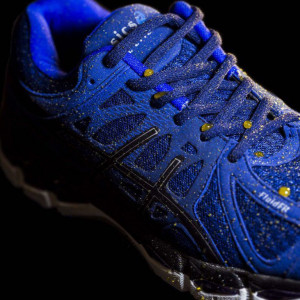| Basa Fan Avarane Nasir |

| Registration Date | 4 Oct 2018 |
| Revision Date | 4 Oct 2018 |
| Share |
Others Other products
PlasmaIt is known as plasma-treated textile surfaces consist of nono metric roughness. By adding plasma to the surface of textile, its roughness and surface energy increases. The surface would be activated by free radical generation. Subsequently the hydrophobic monomer reacted with the textile surfaces and hydrophobic coating with high adhesion will be created. It is known by adding plasma to the surface of textile, nanometric roughness are generated. Increasing of surface roughness result in increased surface adhesion of hydrophobic monomer. As a result, hydrophobic textile surface will be created. The samples were . analysed according to ISIRI 567-7 before and after rubbing.
Plasma technology has many useful applications. Plasma applications extend into a very large amount of industries such as automotive, electronics, medical, textiles, appliances and material science. Since, plasma technology is a relatively new emerging field, new plasma applications are still being discovered and researched. Most useful plasma applications revolve around the science of surface modification. Adhesion science and plasma technology go hand in hand. The goal of most plasma treatments is to alter surface characteristics to either raise or lower a surface’s ability to adhere. Essentially, the higher the material’s surface energy, the stronger that surface’s adherence capabilities are. Basa Fanavaran Nasir Co in order to supply the requested system by industry, started to manufacture the industrial cold plasma equipment. This equipment simultaneously can prepare the textile surfaces and also create hydrophobic surface. Hydrophobic textiles are used for producing of clothes and shoes.